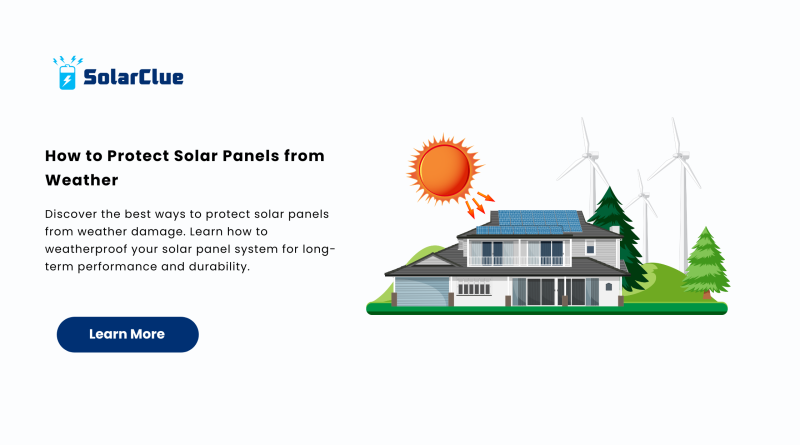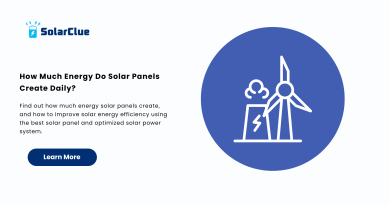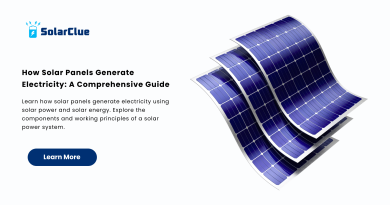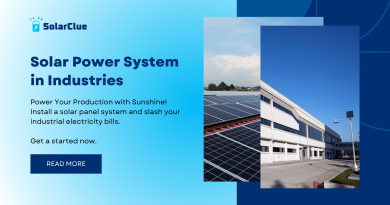How to Protect Solar Panels from Weather
Investing in solar panels is one of the smartest decisions for both energy efficiency and environmental sustainability. Whether it’s the best solar panel system for your home or a large-scale solar power system, protecting these valuable assets from unpredictable weather is crucial. From heavy rain and hail to strong winds and UV radiation, extreme weather can take a toll on even the most advanced solar panel systems. This guide will help you understand practical, effective methods to weatherproof your solar setup and extend its life.
Table of Contents
- 1 Why Weather Protection Matters
- 1.1 1. Use Protective Covers or Shields
- 1.2 2. Invest in High-Quality Mounting Systems
- 1.3 3. Regular Cleaning and Visual Inspection
- 1.4 4. Trim Nearby Trees
- 1.5 5. Install Wind Barriers
- 1.6 6. Choose Hail-Resistant Solar Panels
- 1.7 7. Seal Junction Boxes and Wiring
- 1.8 8. Snow and Ice Management
- 1.9 9. Use UV-Protected Materials
- 1.10 10. Secure All Cabling
- 1.11 11. Monitor System Performance Regularly
- 1.12 12. Protect Inverters and Batteries
- 1.13 13. Prepare for Flooding
- 1.14 14. Check Your Insurance Coverage
- 1.15 15. Schedule Professional Maintenance
- 2 Conclusion
- 3 FAQs
Why Weather Protection Matters
Although solar panels are designed to be durable, they are constantly exposed to natural elements. Over time, weather can reduce their performance, cause physical damage, or even lead to complete system failure. Protecting your solar panel for home installation means more consistent energy output and less money spent on maintenance or replacements.
1. Use Protective Covers or Shields
Transparent shields or weatherproof covers are excellent for protecting solar panels from hail, falling debris, and snow. These covers are made from materials that don’t block sunlight but still offer strong impact resistance. Look for UV-resistant options that won’t degrade over time.
2. Invest in High-Quality Mounting Systems
The foundation matters just as much as the solar panel itself. Strong, corrosion-resistant mounts that can handle wind and shifting temperatures help keep your system secure. Adjustable mounts can also tilt with the sun, improving performance and snow runoff.
3. Regular Cleaning and Visual Inspection
Dirt, leaves, and snow buildup can block sunlight and reduce efficiency. Clean your solar panels with soft cloths and mild soap, and inspect them for cracks or damage—especially after major storms. Routine care ensures your solar power system operates smoothly.
4. Trim Nearby Trees
While trees offer natural shade, overhanging branches can scratch or damage solar panels during storms. Regularly trimming surrounding trees minimizes this risk and helps reduce debris accumulation on the panels.
5. Install Wind Barriers
In areas prone to strong winds, fences or hedges can act as windbreaks. For rooftop setups, make sure panels are securely fastened using hurricane-rated anchors to prevent movement or uplift during storms.
6. Choose Hail-Resistant Solar Panels
If you live in a hail-prone region, choose best solar panel models with thick, tempered glass. Some panels are tested to withstand hail the size of golf balls. For added protection, mesh screens or external guards can deflect hailstones without affecting solar input.
7. Seal Junction Boxes and Wiring
Moisture is a major threat to electrical components. Waterproof junction boxes and sealant around connectors can help keep your system safe from short circuits and corrosion, particularly during monsoon season.
8. Snow and Ice Management
Snow can reduce efficiency and add stress to your solar panel frame. Angled panels naturally shed snow, but snow rakes or heating strips can also be used to prevent buildup. Never use sharp tools to remove snow, as they may scratch or crack the surface.
9. Use UV-Protected Materials
Even though solar panels are made to handle sunlight, other components like cables, frames, and mounts may not be as durable. Choose UV-protected materials to prevent long-term degradation from constant sun exposure.
10. Secure All Cabling
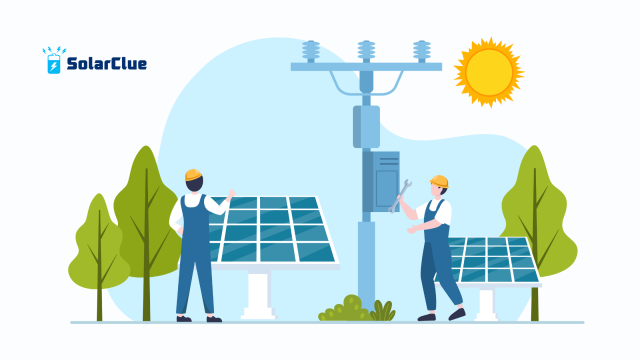
Exposed wires are vulnerable to weather and animal interference. Use conduit or cable sleeves to protect your wiring and make sure they are tightly fastened to avoid shifting or wear due to wind or temperature changes.
11. Monitor System Performance Regularly
Install a digital monitoring system to track your solar array’s performance in real time. Sudden drops in output could indicate panel damage or obstruction. Early detection allows for quick fixes before the issue worsens.
12. Protect Inverters and Batteries
Critical components like inverters and storage batteries should be housed in weatherproof enclosures. Also, use ventilation systems or thermal regulators to maintain stable internal temperatures, especially in areas with extreme heat or cold.
13. Prepare for Flooding
For ground-mounted solar power system installations, elevate panels and equipment to avoid flood damage. You can also install drainage channels or raised platforms to keep water from pooling around your setup.
14. Check Your Insurance Coverage
Ensure your homeowners or business insurance covers solar panel weather damage. If not, look into specialized solar insurance policies. This provides peace of mind during extreme weather events like hurricanes or snowstorms.
15. Schedule Professional Maintenance
Even with all precautions, professional servicing once or twice a year ensures everything is working as it should. Experts can perform deep inspections, update protective coatings, and tighten mountings to weatherproof your system further.
Conclusion
Learning how to protect solar panels from weather is essential for anyone investing in solar energy. From simple tasks like cleaning and inspections to more advanced steps like hail guards and UV protection, these measures ensure that your best solar panel investment performs efficiently for years. Whether you’re maintaining a solar panel for home or managing a commercial solar power system, these proactive steps can make a huge difference in performance and durability.
Want to learn more tips to get the most from your solar system? Make sure to check out our expert insights at blog.solarclue.com. And when you’re ready to upgrade your setup with reliable, high-efficiency panels, explore premium options at solarclue.com — let the sun power your future, securely and smartly.
FAQs
1. Can hail damage my solar panels?
Yes, but most modern solar panels are built with tempered glass to withstand moderate hail. Still, protective shields can offer additional safety.
2. How often should I clean my solar panels?
It’s best to clean them every 3 to 6 months or after significant storms. Keeping them clean ensures maximum efficiency.
3. Are solar panels safe during storms and high winds?
They can be if mounted securely. Use wind-rated frames and anchoring systems to protect your solar panel installation during high winds.
4. What’s the best way to handle snow on solar panels?
Use a soft snow rake or wait for it to melt. Avoid hard or sharp tools that might damage the surface.
5. Do I need special insurance for solar panels?
Some homeowners’ policies cover them, but it’s best to confirm or consider additional solar coverage to protect your investment from weather-related damages.
For more helpful tips and detailed guides, don’t forget to visit solarclue.com and explore our full blog at blog.solarclue.com — let the sunshine work for you, the smart and safe way!

